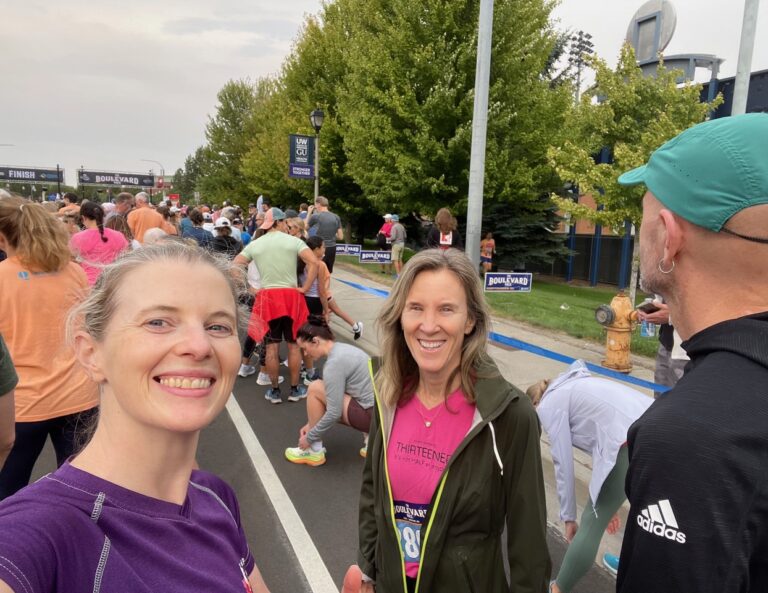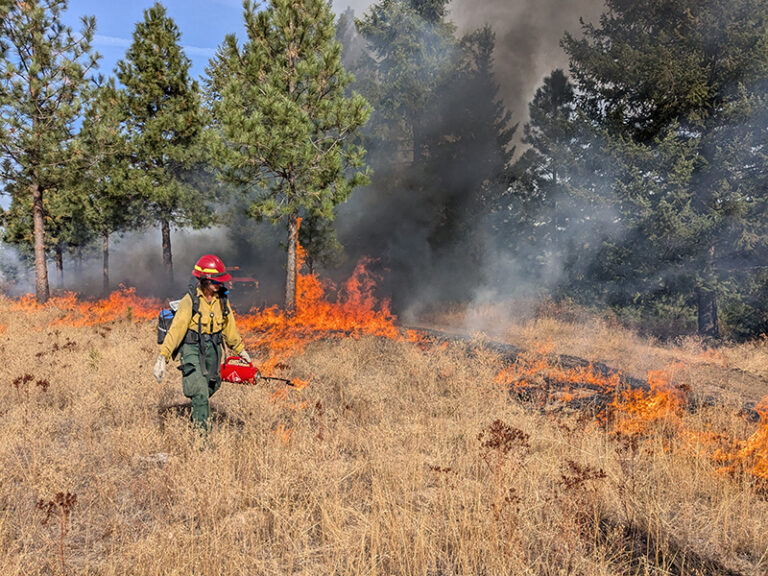We had an easy winter this year. As a result, our streets aren’t nearly as crud-filled in March as they are in years past. However, there are still plenty of sharp bits looking to find their way into your tire. Add a little rain, and those sharp bits slide much easier into your tube and will give you a flat.
If you ride enough, you’ll eventually get a flat. There are ways to avoid having a lot of flats though. And there are tires you can buy that make it really, really hard to get a flat. And you can also get so fast at changing a flat that getting a flat is inconsequential. Here’s my take on tires and flats.
First off, you can use technology to guard against flats. I know many cyclists that swear by Specialized Armadillo or the Schwalbe Marathon Plus tires. Other manufacturers make a similar tire, but the general concept is the same: the tire has one or more layers of stiff (usually a kevlar belt), impenetrable layer under the outside rubber. These are tough tires. I don’t think you could push a tack into them. Searching these tires online, you can read all sorts of accounts of people doing multi-thousand mile tours with no flats.
So, problem solved, right? Just get a bomb-proof tire and go on your way. Not really. These tires provide a pretty jarring and sluggish ride. Of course, “jarring and sluggish” to one person is normal to another, so for some, these tough tires will be just fine. Or, if you’re not in a big hurry, you can buy the tires as big as your bike will accept and run them a tad under pressure to smooth out the ride.
In the end, I find flat-proof tires overly heavy and so jarring as to be unrideable. I like riding bikes and I want to be comfortable when I do. The whole point of pneumatic tires is to use rubber with air to provide a comfortable ride.
At the other end of the tire extreme are the supple, thin tires. In the same way the flat-proof tires are expensive and fancy for their flat-proofness, the supple, thin tires are expensive and fancy for their comfort and speed. In the 700c size, I can’t find a better clincher than the Grand Bois Cerf. It’s fast, cushy, comfy. There’s a mess of high-zoot cushy and fast 650b tires. For 26” size, you can get the bargain Panaracer Pasala (don’t get the TourGaurd version!) for around $25/tire.
Cushy, fast, thin tires present a problem. Once you ride them, you discover how wonderful fast and cushy is and you can’t go back to jarring and sluggish. And fast, cushy tires are not flat proof at all. So, while you may discover a renewed love for your refreshingly fast and cushy bike, you may become frustrated by the fact that you’re occasionally held up fixing a flat tire.
But it doesn’t have to be that way. There is a simple fix. And some training. But before we get to that, let’s discuss the rational and sensible, Middle Ground.
We’ve looked at the two extremes of the bike tire and flat battle conundrum. Surely, there are tires that are somewhat flat-resistant and not awful to ride? There must be. But tires that are “sort” of flat-resistant are hard to judge. Once you get a flat, you feel sort of suckered. If you get multiple flats, then you really feel like a maroon. And if you’ve made the mistake of riding a great fast, cushy tire already, then you’re doomed, because you know how good it can be and yet here you are, fixing a flat on a mediocre-riding tire.
So, the fix? It’s simple: stay out of the gutter. And by “gutter,” I mean anything to the right of the fog line. If you put your tire where the cars put their tires, the likelihood of you getting a flat drops dramatically. It’s true. I’m amazed at how this simple change in my riding has decreased the number of flats I’ve had over the last couple years. Plus: by riding in the road and not on the shoulder, you are more visible and you are being traffic, which is usually the best way to ride a bike in town.
The training part of riding wonderful cushy fast tires involves practicing changing a flat tire. Seriously, find a bike nerd that is good at changing a tire (any LBS will have a few) and ask them to show you the steps. Then go away and practice for a couple hours until you can change out your rear tube in under 5 minutes. You can do it. This will force you to get a good little road side repair kit and a pump, which you should have anyway. But more importantly, this practice will give you the confidence to set out on your fast cushy tires to enjoy mostly flat-free riding for the rest of your days.
John Speare grew up and lives in Spokane. He rides his bike everywhere. Check out his blog at http://cyclingspokane.blogspot.com.













